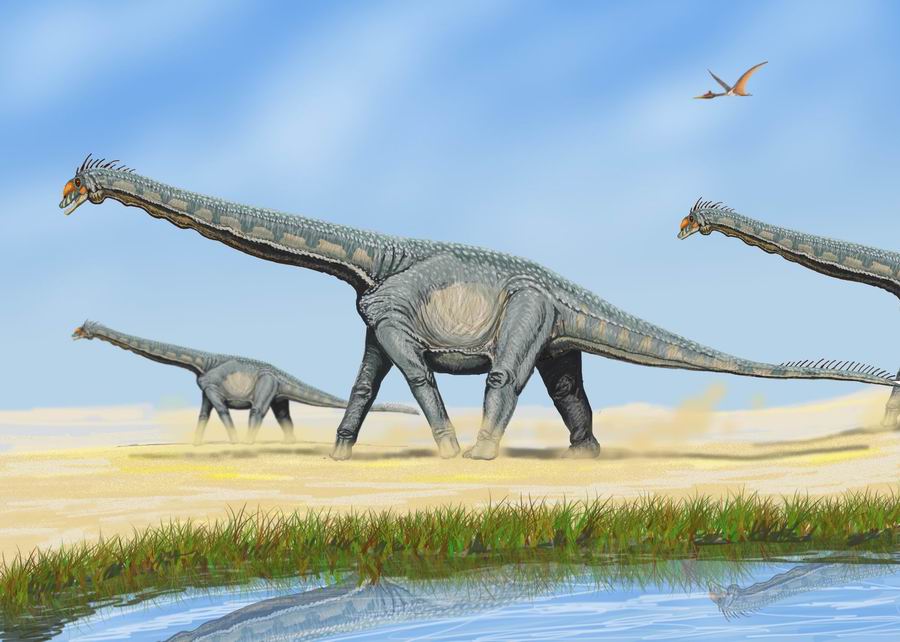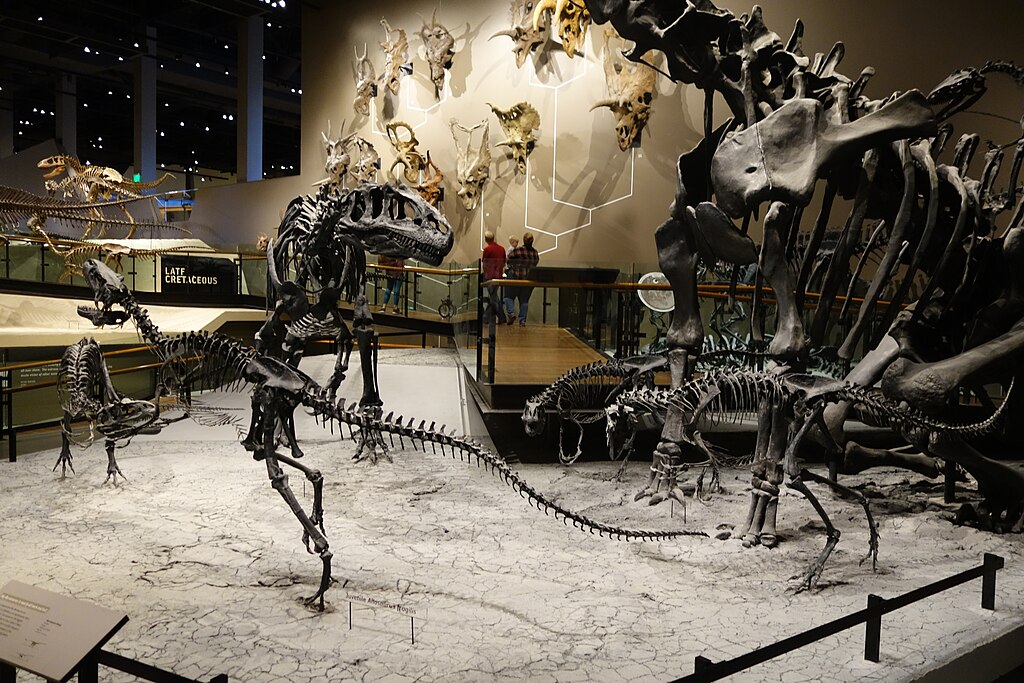The fascinating field of paleoart bridges science and imagination, allowing us to visualize creatures that vanished millions of years ago. These skilled artists combine rigorous scientific knowledge with creative vision to bring extinct animals back to life through illustrations, sculptures, and digital renderings. Far from mere fantasy, their work is grounded in fossil evidence, comparative anatomy, and evolutionary biology. The seven paleoartists highlighted below have revolutionized our understanding of prehistoric life, creating works that educate, inspire wonder, and advance our comprehension of Earth’s lost biodiversity.
Charles R. Knight: The Pioneer of Modern Paleoart
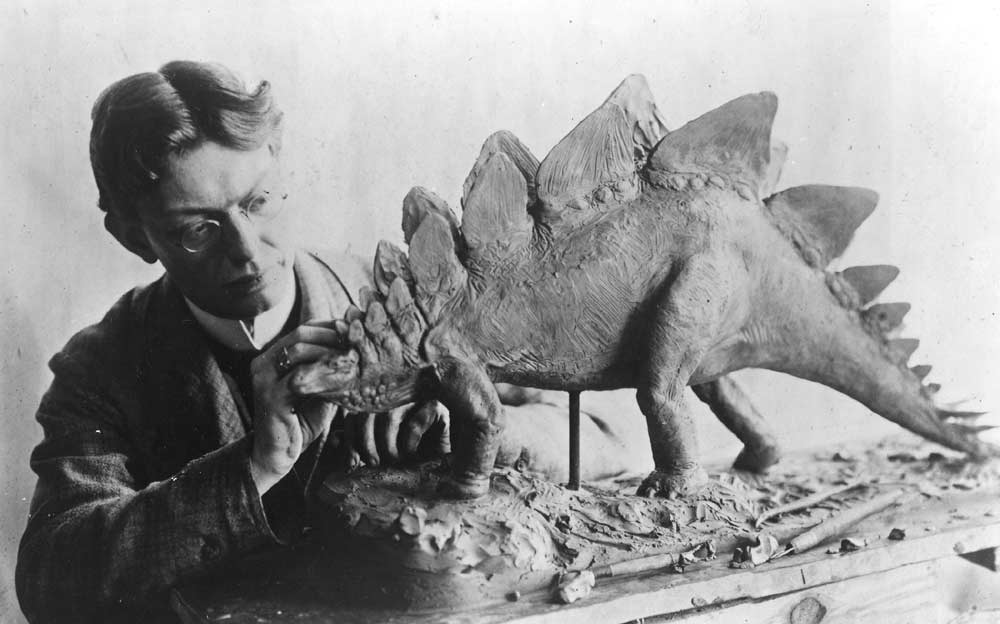
Charles R. Knight (1874-1953) stands as the foundational figure in modern paleoart, whose paintings from the early 20th century still influence how we visualize dinosaurs today. Despite suffering from impaired vision throughout his life, Knight created breathtakingly detailed murals for major institutions, including the American Museum of Natural History and the Field Museum. His iconic depictions, such as the face-off between Tyrannosaurus rex and Triceratops, shaped public imagination for generations. Knight’s genius lay in his extensive studies of modern animals at zoos, allowing him to infuse prehistoric creatures with convincing musculature and lifelike poses that conveyed their biological reality. Though some of his reconstructions have been superseded by discoveries, his artistic approach of grounding speculative reconstructions in observable animal anatomy remains the gold standard for paleoartists.
Zdeněk Burian: The Master of Prehistoric Landscapes

Czech artist Zdeněk Burian (1905-1981) created some of the most influential paleoart of the mid-20th century, producing hundreds of paintings depicting prehistoric life from the Paleozoic through the Cenozoic eras. Burian’s work is distinguished by his exceptional ability to place extinct creatures within richly detailed, atmospherically rendered landscapes that convey entire prehistoric ecosystems. His collaboration with paleontologist Josef Augusta resulted in widely distributed books that defined how several generations visualized prehistoric life. Burian’s technical mastery of light, atmosphere, and environmental context gave his reconstructions a documentary-like quality that made extinct worlds feel tangible and immediate. His paintings of Ice Age mammals, particularly his Neanderthals and woolly mammoths, remain some of the most evocative portrayals of the Pleistocene epoch ever created.
Gregory S. Paul: The Anatomical Revolutionary
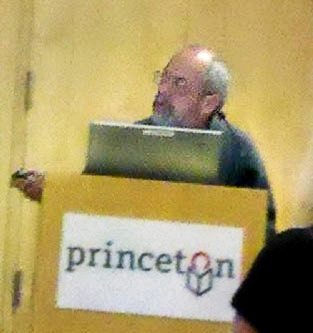
Gregory S. Paul transformed paleoart in the 1980s and 1990s through his relentless focus on skeletal accuracy and anatomical precision. Paul’s technical illustrations, featuring detailed skeletal reconstructions with muscle attachments and body outlines, established new standards for scientific rigor in the field. His landmark book “Predatory Dinosaurs of the World” influenced not just fellow artists but also filmmakers—his anatomical style directly inspired the dinosaur designs in Jurassic Park. Paul pioneered the now-widespread portrayal of dinosaurs as active, dynamic animals rather than sluggish reptiles, advocating for bird-like postures and behaviors long before the feathered dinosaur revolution was fully embraced by the scientific mainstream. His skeletal reconstructions remain reference standards for both artists and paleontologists, representing a watershed moment when paleoart became more directly accountable to measurable fossil evidence.
Julius Csotonyi: The Digital Paleoart Master

Julius Csotonyi represents the cutting edge of modern digital paleoart, combining traditional artistic training with a scientific background in microbiology and a mastery of digital techniques. His photorealistic compositions have graced museum exhibits, scientific publications, and even postage stamps, bringing extinct ecosystems to life with unprecedented detail. Csotonyi’s work is characterized by dramatic lighting, dynamic compositions, and meticulous attention to scientific accuracy—from the arrangement of feathers on theropod dinosaurs to the texture of prehistoric plant life. His ability to create sweeping panoramic scenes featuring dozens of accurately rendered species interacting in complex ecosystems has established new possibilities for visual paleontology. Perhaps most impressively, Csotonyi readily updates his reconstructions as new evidence emerges, embodying the ideal relationship between scientific progress and artistic interpretation.
Emily Willoughby: The Feathered Dinosaur Specialist

Emily Willoughby has established herself as one of the foremost interpreters of feathered dinosaurs, combining scientific precision with a painter’s sensitivity to texture and light. With academic training in both evolutionary biology and fine art, Willoughby creates meticulously researched portraits of dinosaurs that emphasize their evolutionary relationship to modern birds. Her paintings of maniraptoran dinosaurs like Microraptor and Anchiornis have helped popularize current scientific understanding of these animals as essentially avian creatures. Willoughby’s technical skill in rendering complex feather patterns—including accurate distinctions between different feather types on a single animal—has advanced paleoart’s ability to communicate evolutionary concepts through visual means. Beyond her artwork, she has contributed to scientific literature on the evolution of feathers, exemplifying how modern paleoartists often participate directly in the scientific discourse about the creatures they depict.
James Gurney: Blending Science and Storytelling

James Gurney revolutionized the relationship between paleoart and popular imagination through his “Dinotopia” series, which combines rigorously researched dinosaur reconstructions with fantasy worldbuilding. Unlike purely speculative dinosaur art, Gurney’s creatures reflect careful anatomical study and consultation with paleontologists, making them scientifically credible despite their fictional context. Gurney’s technical virtuosity with traditional media—particularly his mastery of color theory and plein air painting techniques—brings an unprecedented level of atmospheric authenticity to his prehistoric scenes. Beyond Dinotopia, his paleoart for National Geographic and other scientific publications demonstrates his ability to create reconstructions that serve strictly educational purposes while retaining narrative power. Gurney’s generous sharing of his artistic process through books, videos, and blog posts has educated countless aspiring paleoartists about both the scientific and artistic aspects of reconstructing extinct life.
Mauricio Antón: The Prehistoric Mammal Specialist

While dinosaurs often dominate paleoart, Mauricio Antón has dedicated his career to reconstructing extinct mammals with unprecedented anatomical precision and ecological context. His illustrations of sabertooth cats, prehistoric bears, and early human ancestors have become definitive references in both scientific and educational contexts. Antón’s background in comparative anatomy allows him to convincingly restore soft tissues on extinct mammal skeletons, showing how muscles, fat deposits, and fur would have appeared in life. His collaborative work with paleontologist Alan Turner has produced authoritative reconstructions of extinct carnivores that combine artistic beauty with scientific rigor. Antón’s methodical approach to reconstruction—working from the skeleton outward and documenting each step of his process—has established best practices for anatomically informed paleoart that influences artists across the field.
The Science Behind the Art: Reconstruction Methodologies

Modern paleoartists employ a sophisticated methodological framework that begins with the fossil evidence and expands outward through layers of inference. The process typically starts with accurate skeletal reconstructions based on fossil measurements, accounting for taphonomic distortion and missing elements through comparative anatomy with related species. Muscle reconstructions follow established principles of vertebrate myology, with attachment sites visible on well-preserved fossils informing soft tissue placement. For integumentary structures like scales, feathers, or fur, artists rely on both direct fossil evidence (when available) and phylogenetic bracketing—inferring features based on their presence in closely related living groups. Coloration represents the most speculative aspect, though even here, remarkable fossil preservation occasionally provides direct evidence of pigmentation patterns, while ecological considerations can suggest adaptive colorations. Throughout this process, paleoartists must balance speculation with scientific constraint, creating plausible reconstructions while acknowledging the inherent uncertainty in visualizing creatures known only through fragmentary remains.
Evolution of Paleoart: From Victorian Monsters to Feathered Dinosaurs

Paleoart has undergone dramatic transformations since its origins in the early 19th century, reflecting changing scientific paradigms about prehistoric life. The earliest paleoart by artists like Benjamin Waterhouse Hawkins depicted dinosaurs as massive, lumbering reptiles, reflecting the limited fossil evidence available and Victorian conceptions of an evolutionary progression from “primitive” reptiles to “advanced” mammals. The Dinosaur Renaissance of the 1970s, spearheaded by paleontologist Robert Bakker and visualized by artists like Gregory Paul, reimagined dinosaurs as active, warm-blooded animals, dramatically changing their posture and proportions in artistic renderings. The discovery of extensive evidence for feathered dinosaurs in the 1990s and 2000s triggered yet another revolution, with artists incorporating increasingly detailed feather coverings on theropod dinosaurs and other groups. Each shift in artistic depiction reflects not merely changing fashions but genuine scientific progress, with paleoart serving as a visual record of evolving paleontological understanding.
Digital Revolution: New Technologies in Paleoart Creation
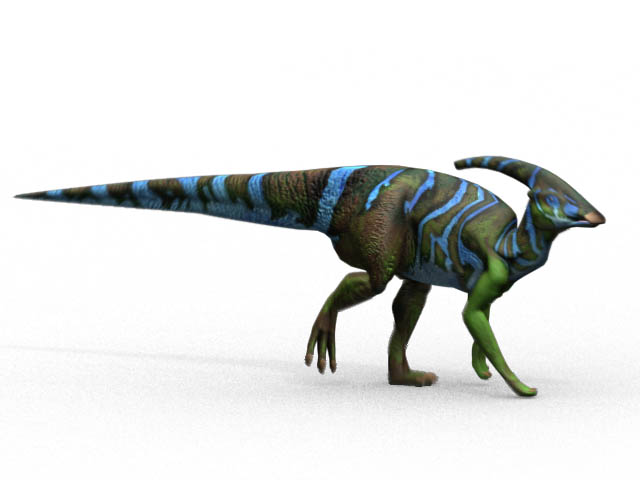
Digital tools have fundamentally transformed contemporary paleoart, enabling new techniques for both creating and disseminating reconstructions of prehistoric life. 3D modeling software allows artists to build anatomically accurate skeletal frameworks and then layer muscles and integument in a process that mimics actual biological development. Digital painting programs facilitate rapid iteration and easy modification when new scientific evidence emerges, making paleoart more responsive to changing scientific consensus. Photogrammetry techniques enable artists to incorporate textures and anatomical details from living animals with unprecedented realism, while animation software brings extinct creatures to life with biologically plausible movements based on biomechanical principles. Social media platforms have democratized paleoart, allowing emerging artists to share their work directly with the public and receive feedback from scientific experts. Virtual reality applications represent the newest frontier, potentially allowing viewers to experience immersive prehistoric environments populated by accurately reconstructed extinct species.
The Educational Impact of Paleoart
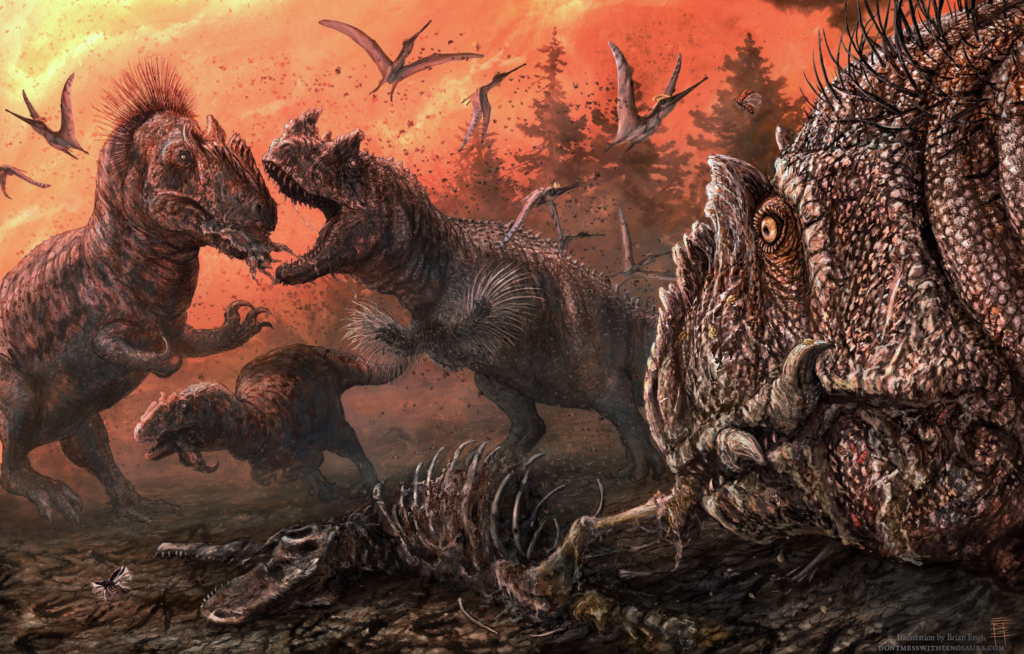
Paleoart serves as a crucial bridge between scientific paleontology and public understanding, translating technical knowledge into accessible visual narratives. Museum exhibits featuring paleoart installations attract millions of visitors annually, providing powerful educational experiences that communicate evolutionary concepts through visual storytelling. Scientific textbooks and journals increasingly rely on paleoart to illustrate complex ideas about prehistoric ecosystems and evolutionary transitions. The most scientifically rigorous paleoart can advance research by identifying anatomical problems in existing interpretations or suggesting new hypotheses about appearance and behavior that can be tested against fossil evidence. For children, paleoart often provides the first and most lasting impression of prehistoric life, potentially inspiring future careers in science. The educational effectiveness of paleoart continues to improve as artists incorporate the latest scientific findings while refining techniques to create ever more convincing reconstructions.
Ethical Considerations in Recreating Extinct Species
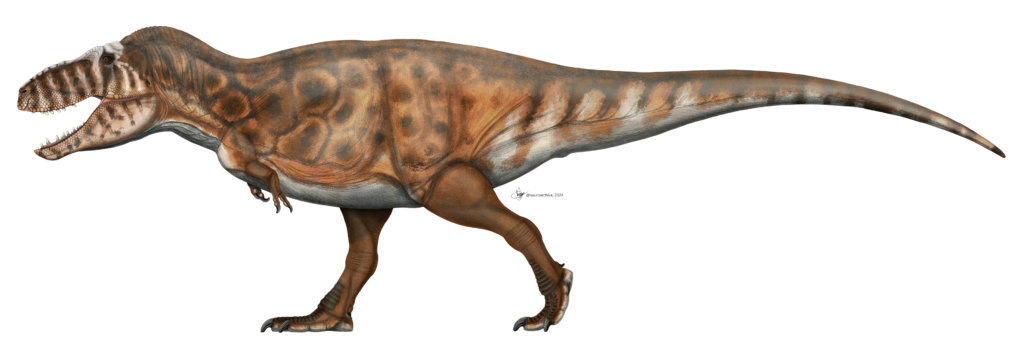
Contemporary paleoartists navigate complex ethical considerations when reconstructing extinct creatures, balancing scientific accuracy with the need to create compelling visuals. The responsibility to avoid reinforcing outdated scientific concepts requires artists to continuously update their knowledge and revise their reconstructions as new evidence emerges. Cultural sensitivity has become increasingly important, particularly when depicting human ancestors or extinct animals with cultural significance to indigenous peoples. The balance between speculation and scientific constraint presents ongoing challenges, with artists making hundreds of decisions about appearance and behavior that go beyond available evidence while striving to make those choices scientifically defensible. Some paleoartists have established personal guidelines about documenting their reasoning process and clearly distinguishing between features directly supported by fossil evidence and those based on inference. As paleoart’s influence on public perception grows, the ethical responsibility to create reconstructions that honestly reflect both scientific knowledge and uncertainty becomes increasingly significant.
The Future of Paleoart: New Frontiers and Challenges
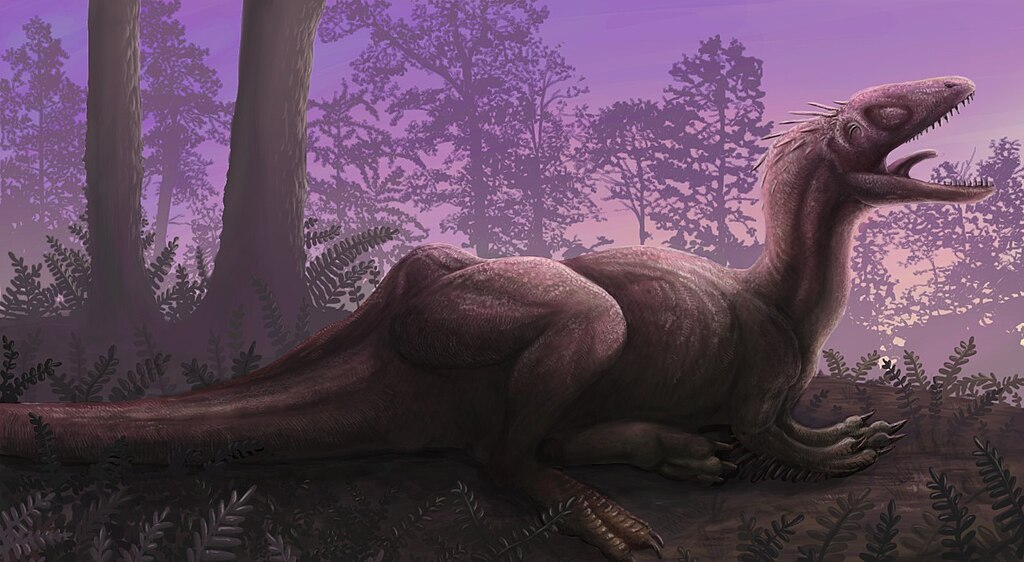
The future of paleoart promises exciting developments as both scientific understanding and artistic techniques continue to evolve. Advances in paleogenomics may soon allow more accurate reconstructions of coloration and soft tissue attributes in recently extinct species, while improved understanding of developmental biology could inform more accurate reconstructions of growth stages in prehistoric animals. Virtual reality and augmented reality technologies are creating new possibilities for immersive paleoart experiences that allow viewers to interact with extinct ecosystems. The growing integration of scientific data with artistic vision is likely to continue, with some paleoartists developing specialized niches focusing on particular taxonomic groups or periods. Climate change has added urgency to paleoart depicting prehistoric climate shifts and extinction events, creating educational opportunities to contextualize current environmental challenges. As tools become more accessible and scientific collaboration becomes more global, we may also see greater diversity among paleoartists, bringing new cultural perspectives and artistic approaches to this fascinating intersection of science and art.
Bringing Bones to Life: Techniques Behind the Art
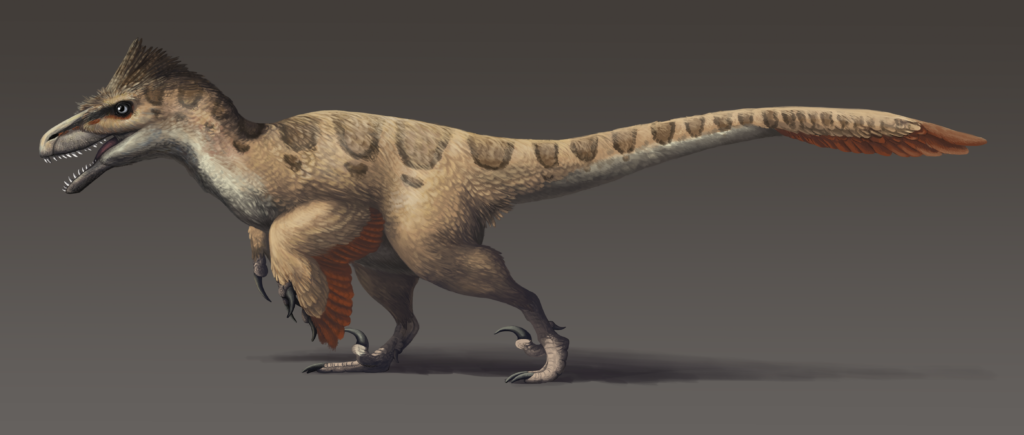
The work of these seven remarkable paleoartists demonstrates how this unique discipline continues to evolve at the intersection of scientific discovery and artistic imagination. From Knight’s pioneering visions to the digital masterpieces of contemporary artists, paleoart serves not just as scientific illustration but as a powerful form of time travel that connects us to Earth’s extraordinary biological heritage. As new fossils emerge and scientific understanding advances, these artists and their successors will continue the essential work of translating bones and scientific data into living creatures that capture our imagination and deepen our connection to life’s grand evolutionary story.

